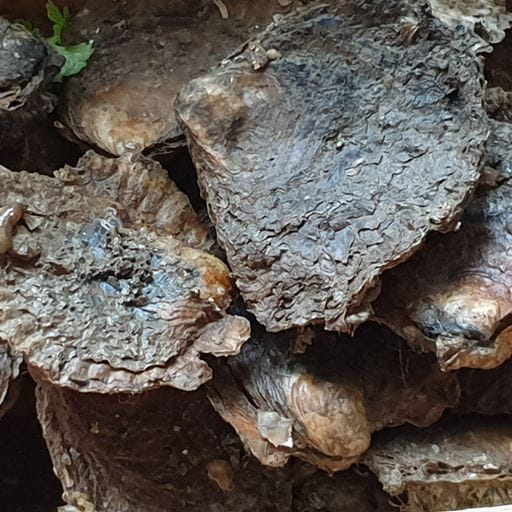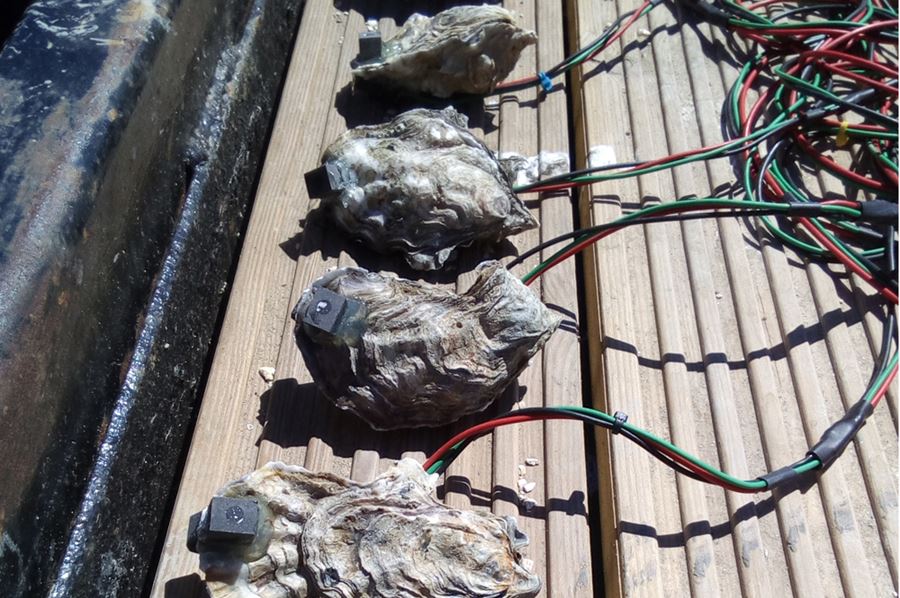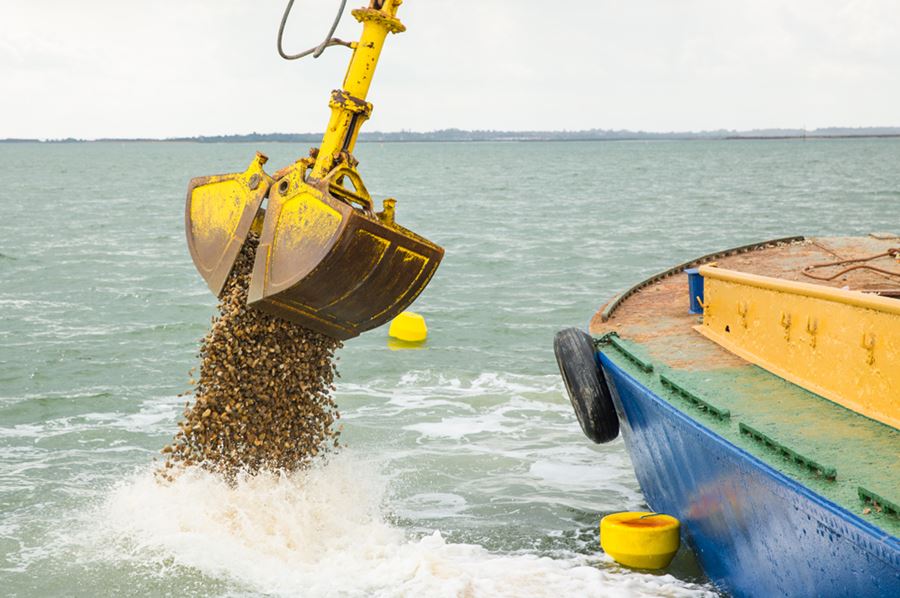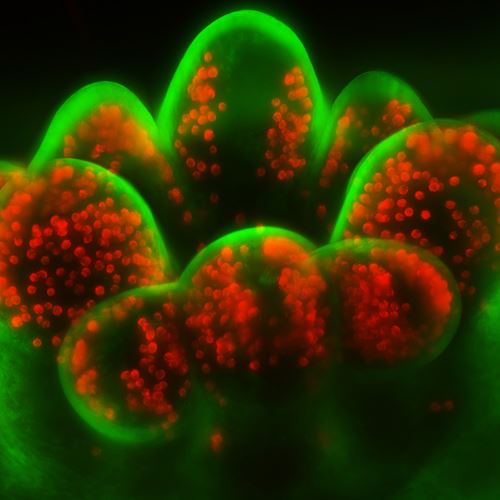Impact: How we are helping protect the European native oyster
-
Tagged under
Environment and sustainability
-
Lead Academics
Dr Tom Cameron
Dr Alice Lown
Dr Leanne Hepburn
Professor Graham Underwood

The European native oyster has a strong cultural, economic and environmental heritage since Roman times, but it has been in decline since the 19th Century.
Our research highlighting Essex as a stronghold for this species was pivotal in the Blackwater, Crouch, Roach and Colne estuaries being designated a Marine Conservation Zone in 2013. We are now working to protect the native oyster and boost its numbers.
The challenge
Oyster farming has been recorded in Mersea since Roman times, with the shellfish forming a staple part of British diets. However, the once abundant European native flat oyster - Ostrea edulis - has suffered a 95% decline in population in the last 200 years due to overfishing, habitat loss, pollution and disease.
Although the value of the Colne estuary oyster population was recognised by King Richard I in 1189 – who granted the oyster fishery to the Borough of Colchester – little was known about the state of the oyster populations within the Blackwater, Crouch, Roach and Colne estuaries or the wider Essex coastline today.
What we did
We demonstrated that the Essex estuaries were a stronghold for the European native flat oyster in the southern North Sea.
Our marine biologists worked with the Essex Wildlife Trust to assess the distribution of this species that provided key evidence for DEFRA to establish the first Marine Conservation Zone (MCZ) for native oysters and the recovery of their habitats - the Blackwater, Crouch, Roach and Colne estuaries MCZ (BCRC MCZ) in 2013.
We found that despite their success in Essex, natural replenishment of their local populations had stalled and that recruitment was best where active intervention was being undertaken by oystermen.
Since then and working with the Kent and Essex Inshore Fisheries and Conservation Authority (KEIFCA) our biologists estimated the abundance of native oysters remaining in the MCZ, the survival and growth of native oysters and how this affects population trends, assessed the benefits native oysters bring to coastal seas and produced working models of native oyster populations within this protected area so restoration work could be undertaken effectively.
Our research, therefore, set a clear baseline for future management and restoration of the native oyster.


What we changed
Our evidence ensured the Blackwater, Crouch, Roach and Colne estuaries were designated one of the largest inshore MCZs in the UK and the first one in England for recovery of native oysters.
Designation means there is now a legal requirement to protect and enhance the European native oyster in Essex and our research is directing best practice and developing policy – eg Native Oyster Permit Byelaw – for the sustainable management of native oysters and the management of conservation features in the area.
Data from a growth and survival experiment of oysters across the MCZ has helped us create a model which has provided tools to guide restoration of native oysters and has implications for projects locally and nationally.
The project is part of a wider shellfish, aquaculture and local fisheries research programme at our School of Life Sciences.
We are working on a range of oyster projects closely aligned to local communities including restoring the native European flat oyster and supporting sustainable economic growth of rock oyster aquaculture.
This includes being part of a conservation coalition tasked with restoring native oyster stocks in Essex. The Essex Native Oyster Restoration Initiative (ENORI), led by The Zoological Society of London, has created the region’s first mother oyster sanctuary.
Essex marine biologists have joined forces with computer science colleagues to develop an innovative remote sensing tool to monitor oyster behaviour in the wild – and on farms – to detect spawning, feeding, stress and responses to environmental change. They hope to increase spatfall and juvenile oyster yield, increasing profitability and product quality for shellfish production companies – and support recovery of native oysters. The technology we are developing could be of commercial value for other shellfish and sedentary livestock production.
“Working with the University has allowed us to identify and resolve gaps in evidence required for marine planning and protecting the Essex marine environment.”
The Essex Native Oyster Restoration Initiative said: “Through partnership with the University we have gained a voice – we can see the issues we care about being brought forward and it has changed the way we engage with policy makers for the better. The investment made by the University in the conservation of our native oyster stocks is genuine and we are very thankful for it.”

